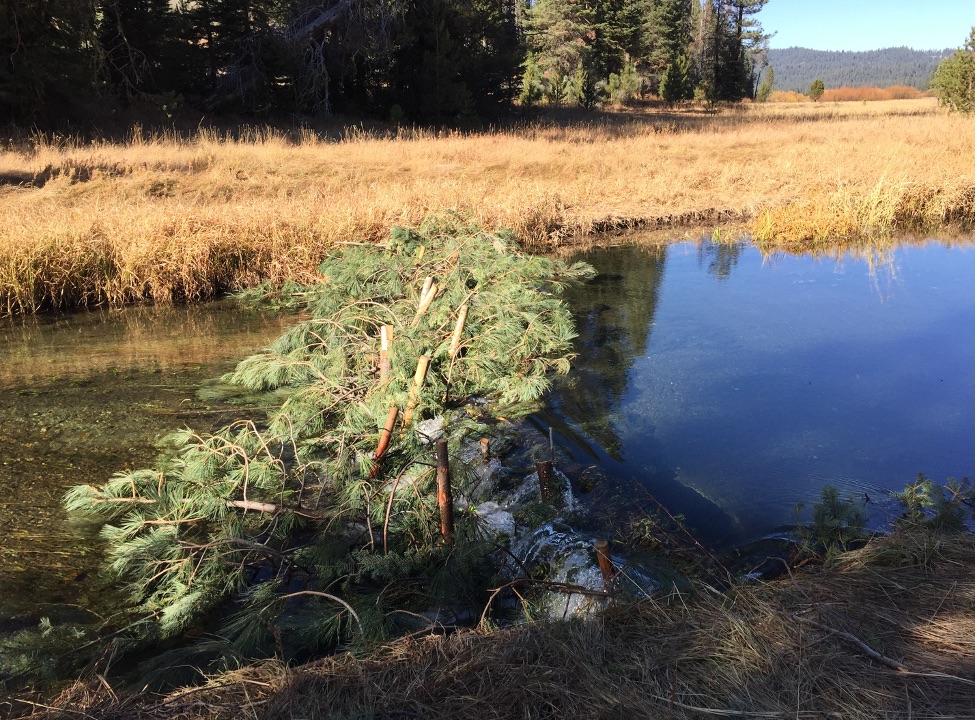
Tásmam Koyóm is the Maidu name for a valley that is located in northwestern Plumas County, California. This valley was an important Maidu population center within the traditional homeland of the Mountain Maidu for many generations. When Euromerican settlers came to the area, they named it Humbug Valley and established the now abandoned town of Longville. Tásmam Koyóm consists of approximately 2,325 acres, which includes most of the Tásmam Koyóm alpine valley (excluding a private inholding) and certain adjacent hillside forest land. It is contained within four parcels, which are currently used as open space with dispersed recreational activates.
Tásmam Koyóm was returned to Maidu Summit Consortium on September 20, 2019 when Pacific Gas & Electric transferred 2,325 acres of land back to the Mountain Maidu people. This land transfer was a historical moment in MSC and California history. The consortium started in 2003 to advocate for this purpose, and it has been a long struggle to realize the vision that Farrell Cunningham and the MSC board members had “to finally bring our land back home to our people.”
In 2018, the Maidu Summit Consortium (MSC) was awarded a planning grant from the California Department of Fish and Wildlife to:
- Develop restoration strategies for riparian ecosystems at the project site with tribal community support,
- Promote Maidu engagement in applying Traditional Ecological Knowledge (TEK) and technical expertise in restoring tribal ancestral lands,
- Collect data to quantify current conditions in support of restoring ecological conditions on Yellow Creek, support adaptive management and add value to large landscape/ regional conservation efforts and,
- Plan for beaver restoration at Tásmam Koyóm.
As part of this multi-partner planning process, the Occidental Arts & Ecology Center (OAEC) was invited by MSC in 2019 to develop a Beaver Recruitment Strategy. Completed in June of 2020, the goal of this strategy is to identify actions Maidu tribal members and other partners can take to encourage the return of beaver as a vital component in restoring wet meadow and riparian function in the valley. The following highlights key restoration actions OAEC has participated in directly and/or supported indirectly through continued participation in the multi-stakeholder restoration partnership and other MSC capacity building efforts:
In September 2020, restoration partner The Sierra Fund (TSF) co-convened with MSC the second annual Fall Field Camp to bring together project partners to implement TEK-informed monitoring and restoration activities at Tásmam Koyóm. During this three-day convening in the field, MSC members and project partners/supporters worked together to carry out a wide array of monitoring and restoration actions, several of which were recommended in OAEC’s Beaver Recruitment Strategy.
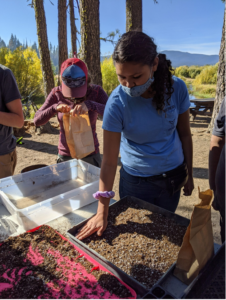
Seeds from culturally significant plants were gathered, processed with some being saved and others planted. Elderberry and oaks were tended and released from conifer encroachment. This conifer removal acted both to reduce fuel loads and provide materials for instream structure building. OAEC gave a presentation and answered questions about recommended steps for beaver restoration in Tásmam Koyóm.
Many of the reaches and sub-tributaries of Yellow Creek have good to excellent conditions to support beaver recolonization and could be further enhanced with the addition of Process-Based Restoration (PBR) instream structures placed in key locations. These structures can help attract beaver to the area because they create the kind of habitat beaver prefer. The structures also help accelerate the pace and scale of restoration and are compatible with the MSC’s desire to use high impact, low disturbance approaches that are in alignment with their TEK values.
With this in mind, the Fall Field Camp concluded with OAEC helping Swift Water Design (SWD) to train MSC members and other project partners how to build various styles of PBR structures including Beaver Dam Analogues (BDAs), Post Assisted Logs Structures (PALS), Brush Mats and other well-proven techniques. This was an empowering moment for the Tribe to learn how easy it is to build these structures and to witness first-hand the immediate benefits of pooled water rehydrating the landscape directly under their feet.
In late October, OAEC joined Swift Water Design to complete Phase 1 of the Process-Based Restoration build. At the completion of that build, 73 structures of varying designs were installed. MSC tribal youth were trained to design and install these structures and several other volunteers from collaborating NGOs participated in the successful build.
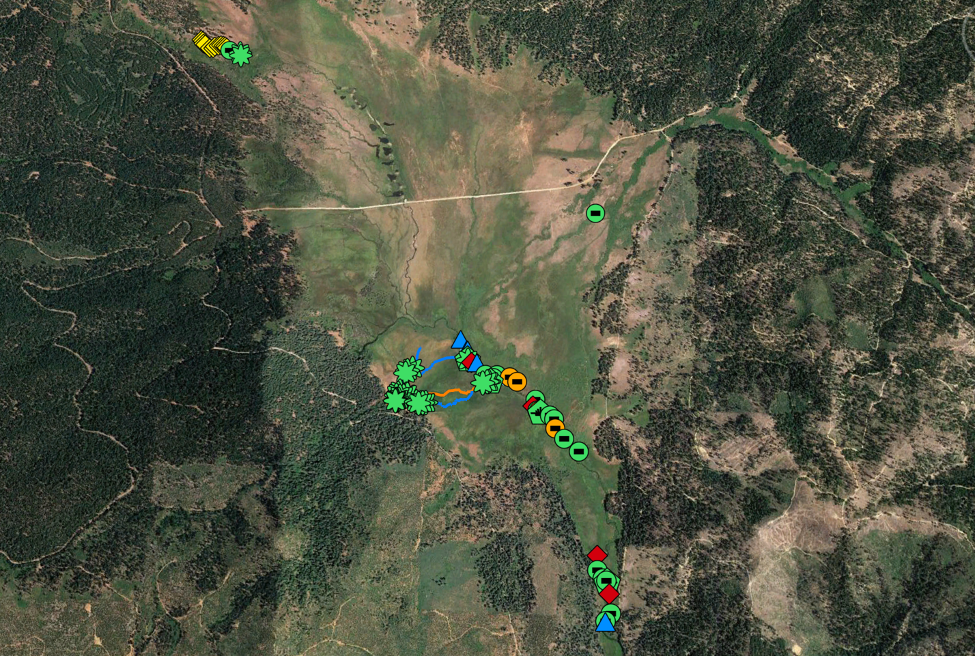
In June 2021, 23 more PBR structures were installed by Swift Water Design with the help of OAEC, many volunteers and MSC youth. This brings the current project total to 103 structures built and 3.54 miles of stream channel treated and/or reactivated. This highly successful installation was documented by National Geographic Magazine for an upcoming article on beaver and process-based restoration. Also in June, MSC’s new Executive Director Trina Cunningham, US Fish and Wildlife Service, Swift Water Design, OAEC and other restoration partners co-led a tour for regulators to support improvements in how these innovative projects are permitted. OAEC will continue to take part in this restoration process with more structures being placed in the Fall of 2021 and in 2022.
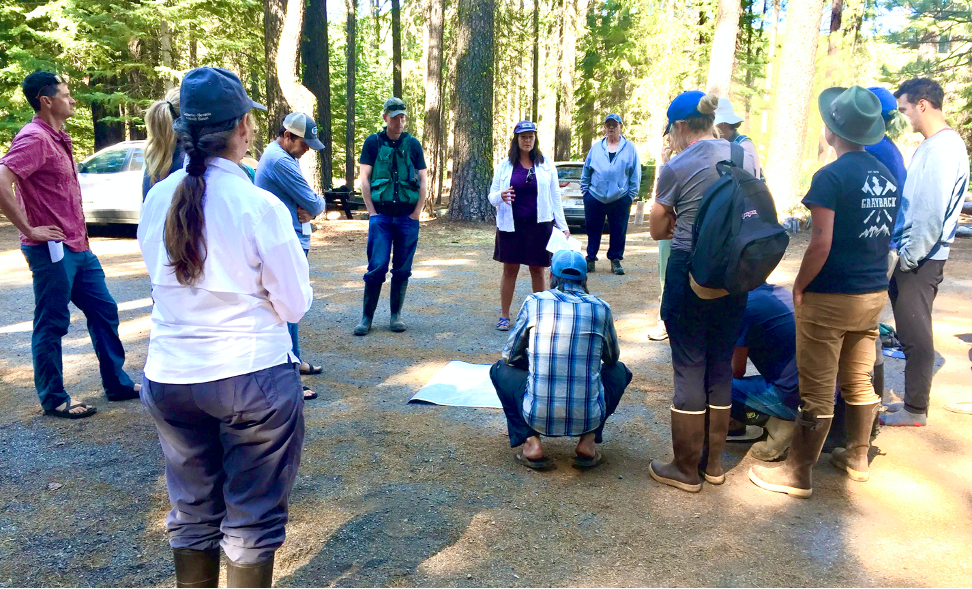
Since the last installation, the Dixie Fire has burned over Tásmam Koyóm. Once the Dixie Fire was extinguished, beaver and process-based restoration technical assistance to the MSC greatly accelerated a swift and low-cost recovery of Tásmam Koyóm. Working with MSC to demonstrate the efficacy of beaver restoration in the context of post-fire recovery has further legitimized and made it more accessible to other tribes and land managers.
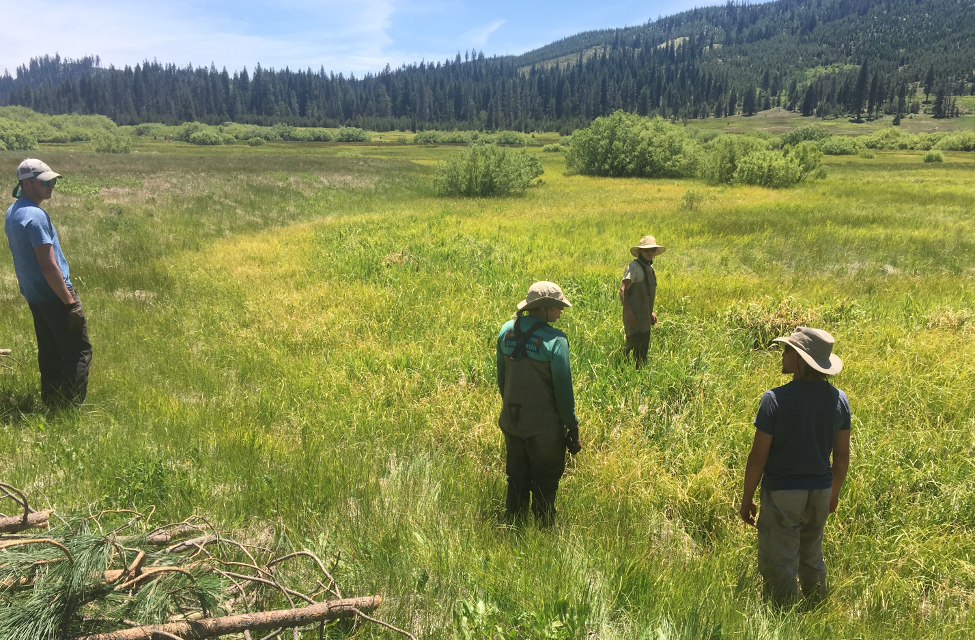
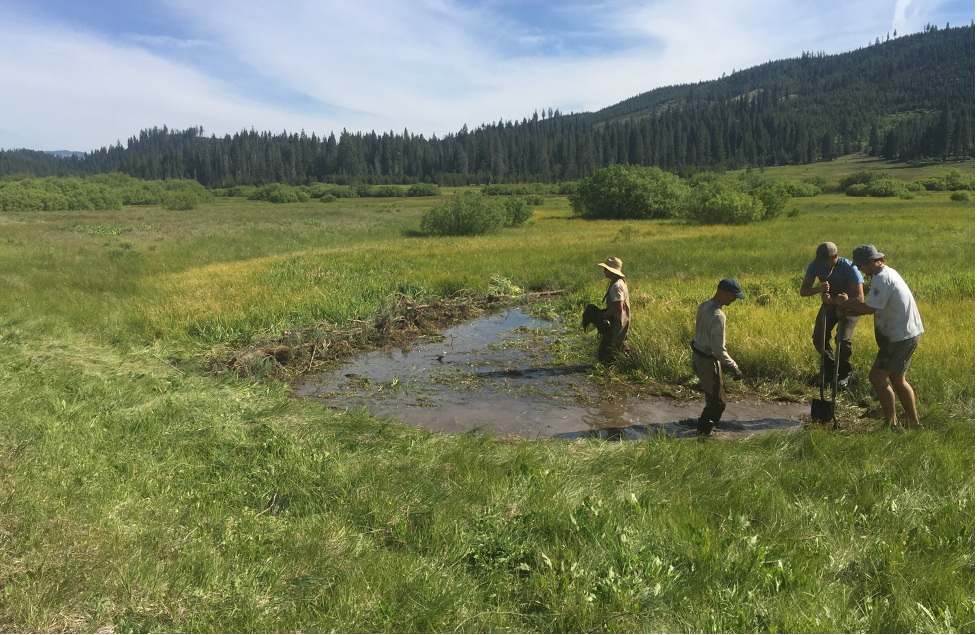
In both 2022 and 2023, CalPBR Network’s Build like a Beaver workshop took place at at Tásmam Koyóm. Hosted by the Maidu Summit Consortium, participants and practitioners installed 50 structures using materials from encroaching conifers and increased the stream length by 75%. This greatly increased the overall wetted area of the meadow, repairing the downcut stream and rehydrating precious meadow soils.
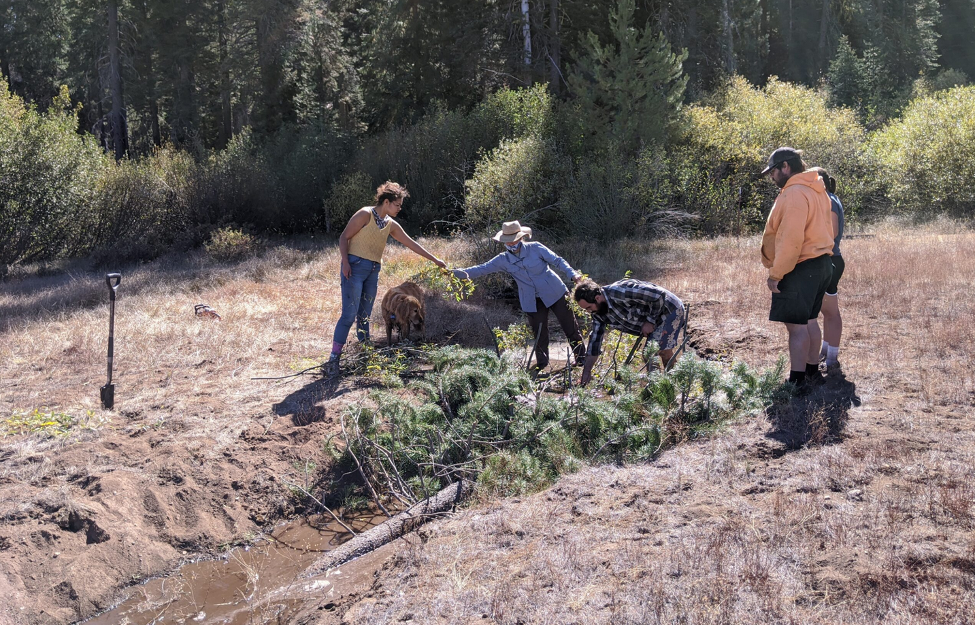
In October of 2023, OAEC had the great honor of supporting MSC as they worked with the California Department of Fish and Wildlife to carry out the first beaver translocation in nearly 75 years. Having been invited to the conversation with MSC in 2015 about returning beaver to their ancestral homelands, we feel deeply gratified to have been able to contribute in the ways that we have. Read our blog about this exciting day!
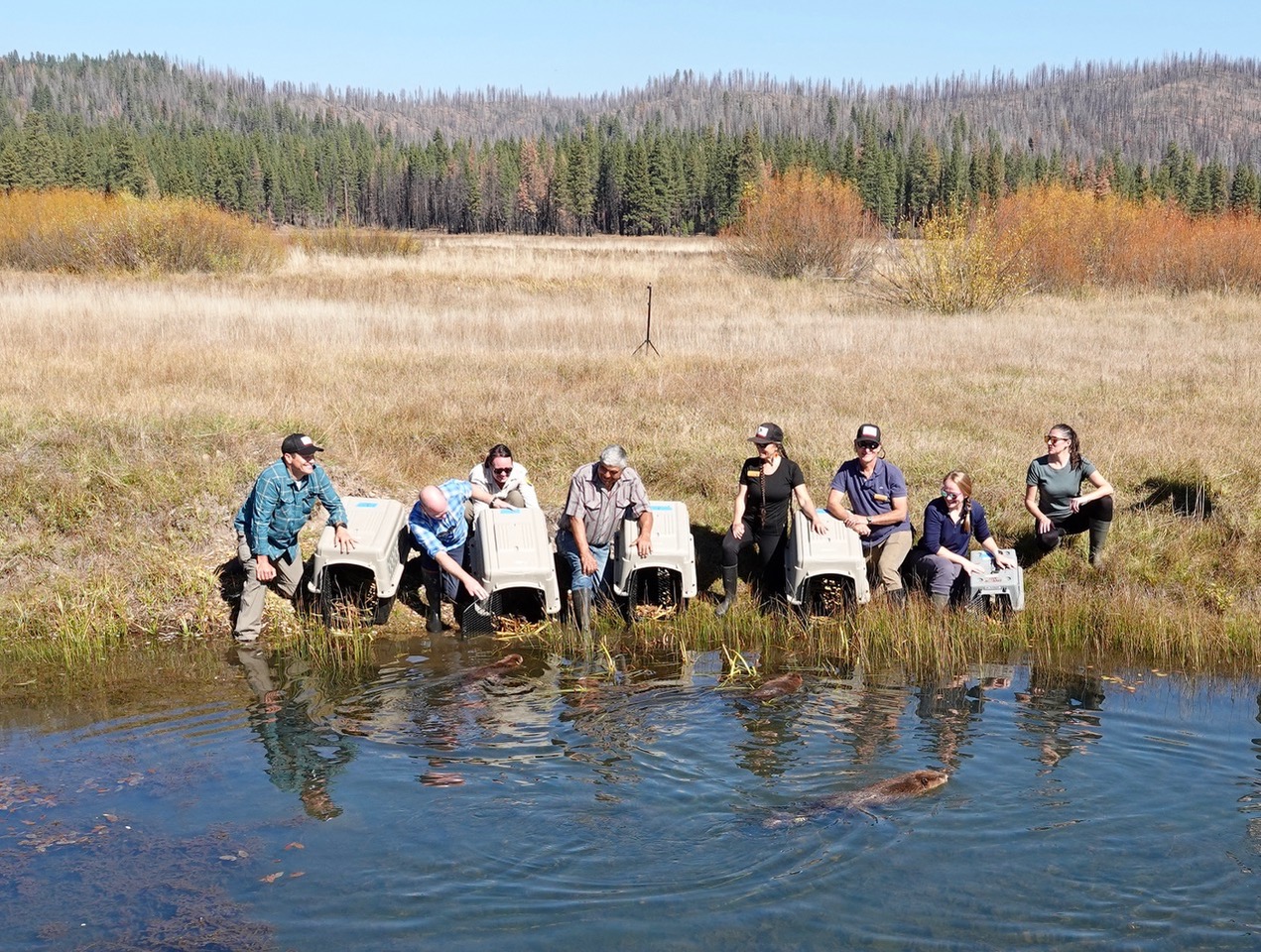
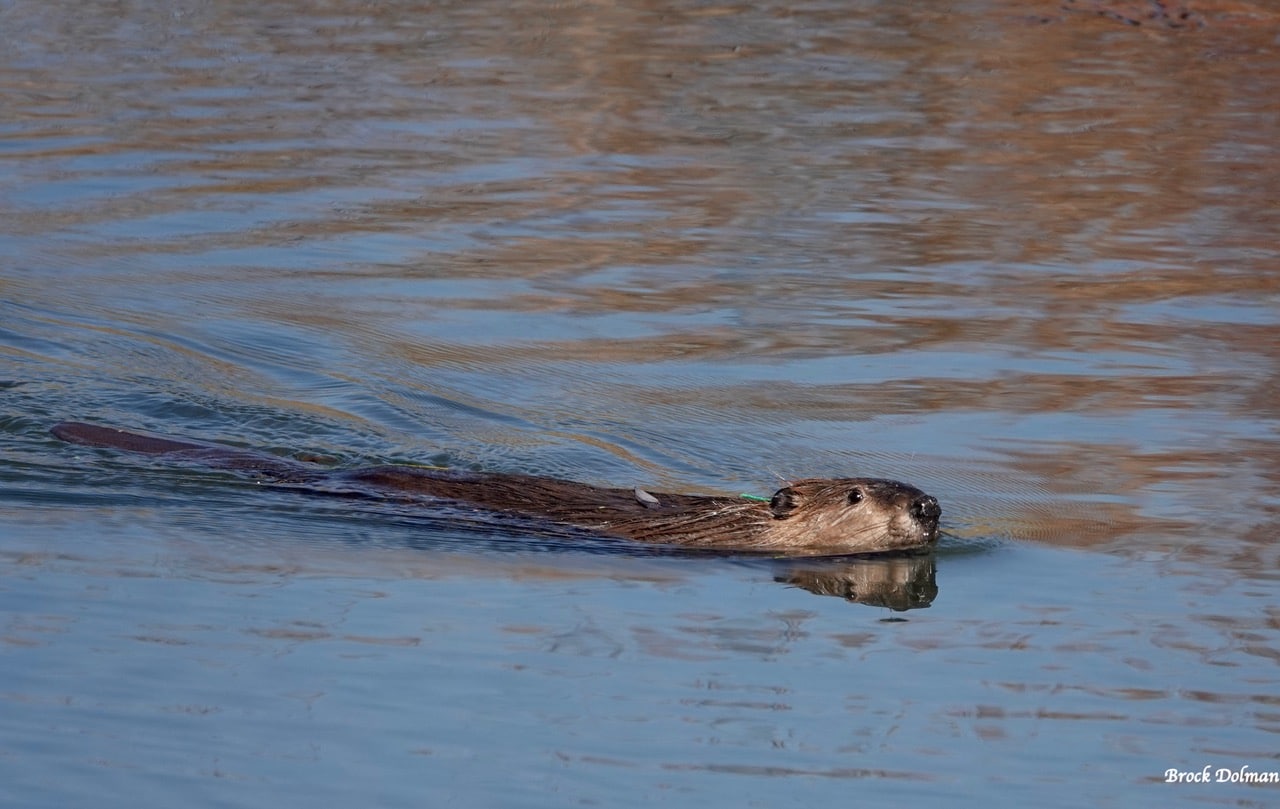
Project partners include:
The Maidu Summit Consortium – https://www.maidusummit.org/
Rocky Mountain Elk Foundation — https://rmef.org/
The Sierra Fund – https://www.thesierrafund.org
Swift Water Design – https://www.swiftwaterdesign.com
US Fish and Wildlife Service Partners for Fish and Wildlife Program – https://www.fws.gov/cno/conservation/partners.html
USFS Pacific Southwest Research Station – https://www.fs.fed.us/psw/





